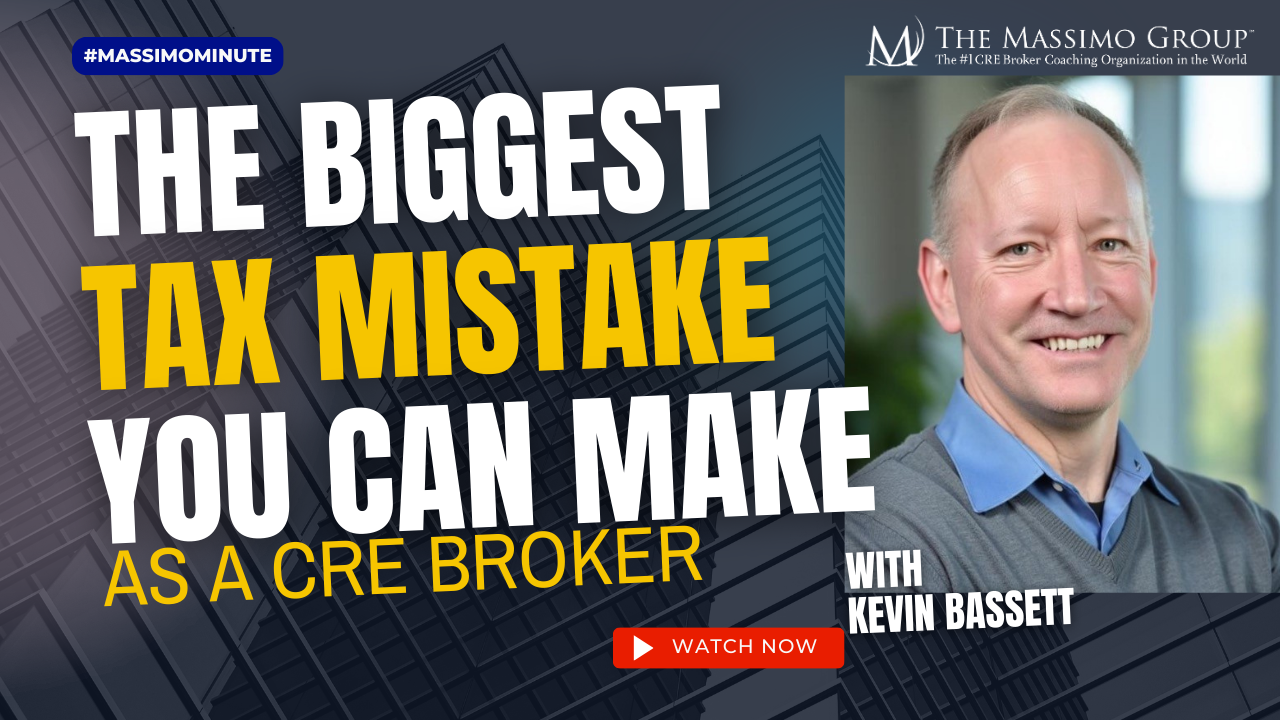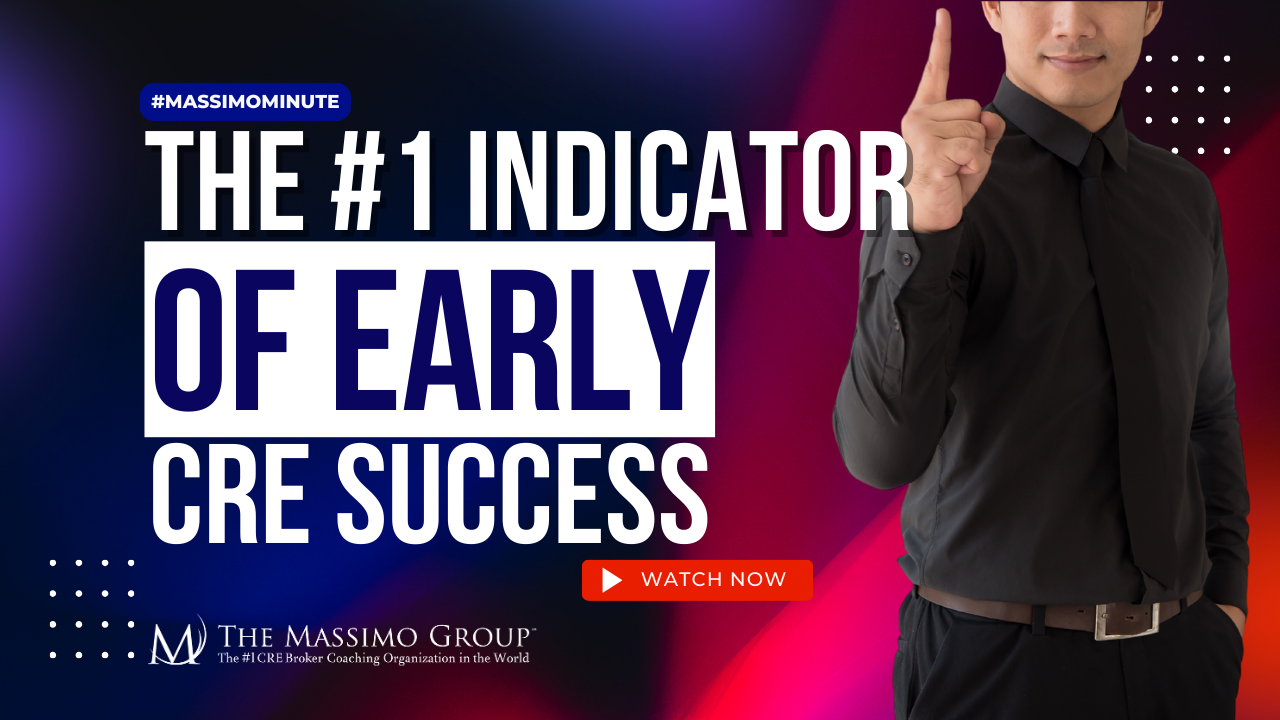One can never stress enough the significance of commercial real estate marketing. The different touch points can create a collective experience, which then plays a huge role in the final choice of the consumers. To understand the concept better, read on to learn more about the customer’s decision journey.
In this article:
- Marketing Commercial Estate: Here’s a Scenario
- Analyzing the Role of Commercial Real Estate Marketing in CDJ
Real Estate Marketing | How to Fit It into the Customer’s Decision Journey
Marketing Commercial Estate: Here’s a Scenario
Every day, people form impressions on the commercial real estate branding. They do so through different touch points. These include advertisements, articles, and service experiences. Forming impressions can also be through conversations with clients and colleagues.
For some, these types of exposure appear wasteful. They may be worth it only when the consumers are looking for a commercial property. The truth is that it’s not wasteful.
What happens when something triggers the impulse to buy? These accumulated impressions then become crucial. They help shape the initial-consideration set. This refers to the small number of brands consumers think about when they’re trying to buy.
How to Market Commercial Real Estate through the Customer Decision Journey
The accumulated experiences are part of a journey the customer takes when interacting with your commercial real estate brokerage. Another term for this is the buying cycle or customer decision journey (CDJ).
What does the CDJ look like in practice? How can you apply it to your commercial real estate marketing? Here’s a paraphrased scenario from a McKinsey article:
Diane is on a business trip from New York to Chicago. Once she lands in Chicago, Diane grabs a cab to her appointment. As she approaches the downtown area, she spots something and asks the driver to slow down. It’s a commercial building that is leasing office space. (Diane’s company is thinking of opening an office in Chicago. This building looks interesting.)
The signage that grabs Diane’s attention promotes a web address for more information. She uses her phone to visit a mobile-optimized website. It provides her information about the particular listing. These include price, layout, and amenities. It also has a direct link to the broker.
From within the site, Diane can submit her contact information. This way, she can connect with the broker. She can also access details about the area’s real estate trends. These include recent sales, rentals, and mortgages.
The leasing company now has Diane’s contact info. The broker then sends Diane an email. It asks if she would like to schedule an appointment to talk about the office space. They connect by phone later that afternoon. By then, Diane already has the link that provides more information about the space. She can use it as a reference during the discussion.
Analyzing the Role of Commercial Real Estate Marketing in CDJ
Let’s break down this example and examine how it fits into the four stages of the CDJ:
1. Consider
Diane was already familiar with the brokerage. She had read about it in LinkedIn posts and blogs on topics she had researched. In fact, her familiarity with the logo is what caught Diane’s eye in the cab. She wasn’t looking for property options at that point, but the real estate brokerage was on top of mind. She took note of the signage and considered it.
2. Evaluate

As part of its real estate marketing strategy, the brokerage has a website. Diane saw a signage that prompted her to “Get Property Details” through the web address.
The brokerage came through on its promise. It delivered Diane a mobile-optimized site that focused only on the property. It provided enough information for Diane to determine if the property made sense. Most of all, it told her what to do next: contact the broker and receive more details about the property.
3. Buy
Diane is not going to conduct a deal over the phone. Her initial experiences, though, helped build trust online toward the brokerage. She now has had many professional exchanges. We all know unless and until there is a certain level of trust, a deal won’t happen.
4. Advocate
Every experience along CDJ is an opportunity to build trust – or erode it. Diane’s experiences result in a satisfied client. In fact, she is so happy she shared a blog post about the brokerage firm on her social media.
Today’s empowered consumer is driving the marketing equation. Because of this, you need to do two important things. First, you have to align all elements of your commercial real estate marketing with the CDJ. These include Internet strategy, spending, channel management, and message. Second, you have to integrate these across your CRE management practices and organization.
You have to understand this journey. You also have to direct your commercial real estate marketing spending and messaging to the moments of greatest influence. This is how you get a much greater chance of reaching your prospect in the right place at the right time with the right message. This, after all, is the goal of marketing.
No one ever drifted to the success they wanted – they created a plan and set goals. Get the step-by-step proven methodology and workbook to make 2019 your best CRE year yet.
Up Next: A Commercial Real Estate Marketing Strategy That Makes It Easy for Prospects to Find You
Editor’s Note: This article was originally published on March 25, 2015. This has been updated for relevancy and accuracy.







2 Responses
Great post …
It’s an exciting time for commercial real estate marketing as industry players up the ante, from real estate firms to landlords, and marketers to technology providers. No matter the tactics, techniques and tools coming our way can be sure they will turn the industry on its head.
There is an abundance of technology tools hitting the market to help promote commercial real estate, from sophisticated enterprise solutions to basement startups.
There are integrated listing and data platforms, online space planning resources, 3-D rendering tools and even websites that help developers raise investment capital through crowdfunding.
Great commercial real estate marketing tips!! First of all, create and launch a custom-made website that allows users to find, view and interact with key information at the click of a button.
With almost 80% of investors and tenants starting their search online, it’s imperative your website not only looks good, but also can be found. Websites need to be visual, informative and user-friendly for any device (desktop, tablet and mobile). Break up the text with special features such as downloadable floor plans, interactive stacking charts, high-resolution images, videos, and dynamic location maps to set your self apart from the competition.